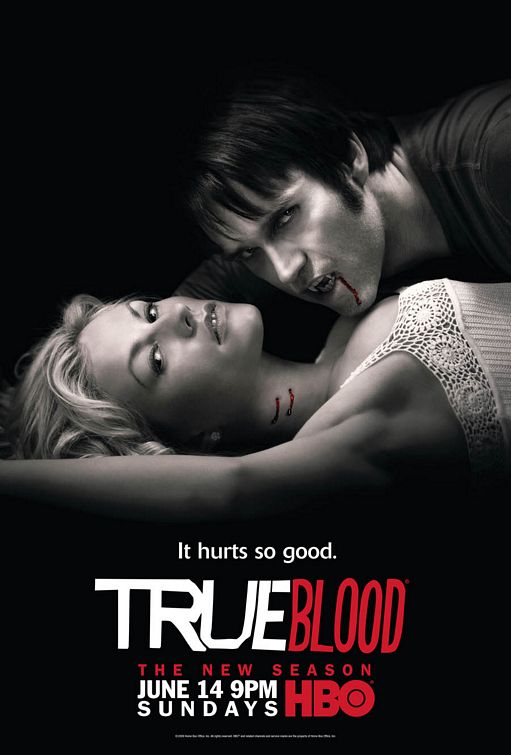Liam Kyle Sullivan started creating videos for Youtube in 2006 and has had quite a few of his videos become viral (millions of views in a short amount of time). He created a character named Kelly and his audience followed the videos featuring her. This led to Sullivan playing Kelly in an off Broadway play as well as touring the U.S.A in a comedy show. The crossover from the internet into live performance is one that ties into the audience's craving for intimacy with the star of these comedic webisode's, Kelly. Liam's website has a variety of content and enables viewers to connect with his shows across a range of social media, thereby encouraging fan interaction with the narratives. He also continues to upload his amateur videos regularly, ensuring audience loyalty.
Creeber, Glen, It's not TV, it's online drama: The return of the intimate screen. International Journal of Cultural Studies, 2011, 14: 591. DOI: 10.1177/1367877911402589
http://www.liamshow.com/
